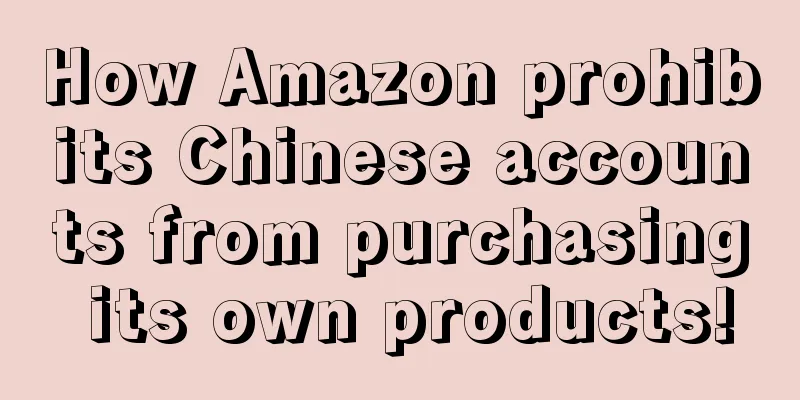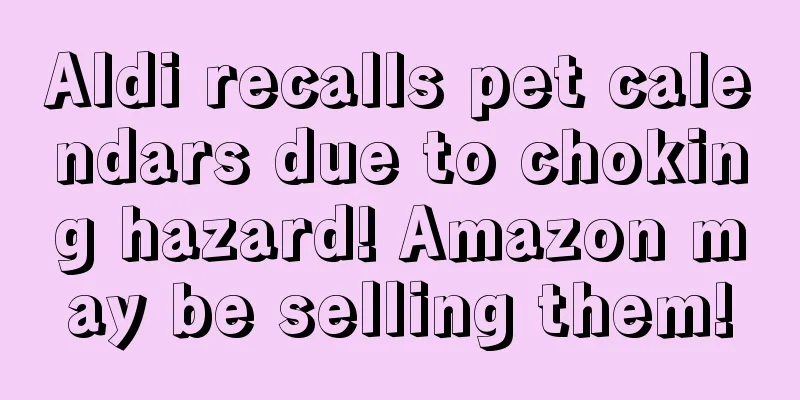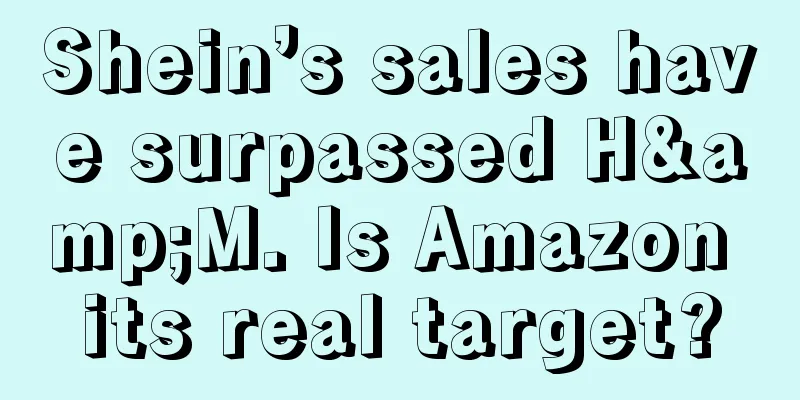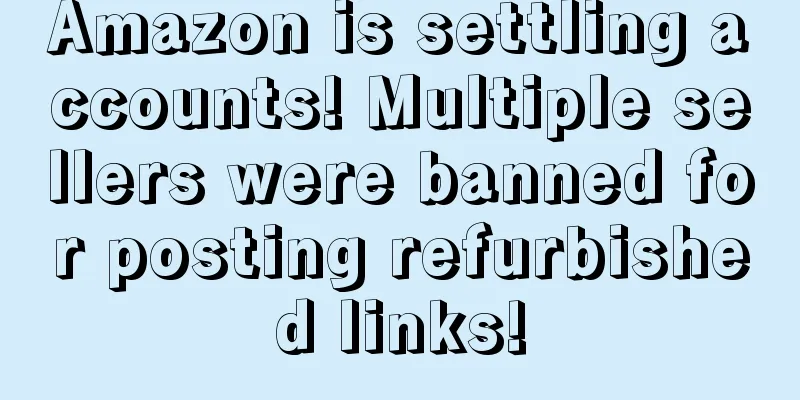How Amazon prohibits Chinese accounts from purchasing its own products!

|
In the course of operation, Amazon sellers, in addition to using various strategies to promote their products, must also be careful to guard against malicious attacks from competitors. For example, some competitors may take advantage of the platform's payment mechanism to reserve inventory without immediate payment, thereby temporarily occupying the inventory and preventing other potential buyers from purchasing, which in turn affects the merchant's sales performance. There are three possible consequences for us sellers when competitors maliciously buy out inventory:
Faced with these potential risks, merchants can adopt the following two strategies to reduce the occurrence of such incidents:
The practical method is shared as follows: Method 1: Set Maximum Order Quantity (MOQ) Path: Inventory Management > Listing Edit Page > Quote > Maximum Order Quantity In this step, sellers can check the regions where they do not want to ship products, such as China, Macau, China, Taiwan, China and Hong Kong, China, and click Save. Our products will not be purchased by Chinese buyer accounts. Although the above two methods cannot completely prevent malicious purchases by competitors, they can greatly increase the difficulty for them to buy out inventory. Malicious competition methods emerge in endlessly, and sellers can only set up defenses. Sellers should know that timely monitoring is really needed at all times. You can't let go of any changes in your front and back office products, because many competitors are actually aiming at the time difference, that is, to delay your product from the best sales period . If sellers find that competitors have maliciously bought out inventory, they should quickly file a case for complaint . At the same time, pay attention to large orders of products . If the buyer comes to you for various reasons after 30 days, explain the situation to Amazon. If they apply for a return within 30 days, agree to their request immediately, but don’t give up. Tell Amazon that you suspect that bad competitors have framed you. If necessary, provide invoices to prove that the products you sold are brand new. Tell Amazon that you are concerned that it treats each returned product of the same product as a separate return case, and ask them to investigate whether the buyer is a third-party seller or someone closely related to a third-party seller. |
<<: Beware of operational risks! Some sellers have had their entire site blocked
>>: A 100% safe way to merge torrent links
Recommend
Seizing consumer preferences! Target changes its marketing style in online business!
It is learned that Target, one of the leading reta...
What is Yanglaoban.com? Yanglaoban.com Review
Yanglaoban.com is a cross-border e-commerce invest...
FedEx suspends peak season refund guarantee from November! It will resume in mid-January next year!
It is learned that FedEx recently announced that i...
What is Exact Match? Exact Match Review
Exact mATCh , or "precise match", is a k...
Another fee reduction, sellers are ecstatic!
Normal, once there is data abnormality, such as s...
Don’t let DeepSeek be your translator! Use DeepSeek to analyze advertising data and you will have a different way of thinking.
Loyxu2021 My C position Big monkey, I haven't ...
8 practical uses of ChatGPT for Amazon sellers (with ChatGPT registration tutorial)
The chatbot ChatGPT continues to be popular. In Ja...
Notice on the adjustment of freight rates for buyers of Taiwan Shopee Hi-Life shipping channel
Dear seller, To encourage buyers to place orders d...
What is Teezily? Teezily Review
Teezily is a French cross-border e-commerce platfo...
What is Shanghai Huishi Information Technology Co., Ltd.? Shanghai Huishi Information Technology Co., Ltd. Review
Shanghai Huishi Information Technology Co., Ltd., ...
What is TrafficWiser? TrafficWiser Review
TrafficWiser is a one-click query platform based o...
Huge profits of 800%, involving tens of millions of disputes! What is the truth behind Amazon sellers losing items?
▶ Video account attention cross-border navigation ...
Inventory restrictions lifted in April?! Here comes the truth...
Yesterday, a picture went viral among sellers. Th...
How to modify the Amazon brand name?
A brand is a name that represents a product or a ...
A former freight forwarder set up a series of scams, defrauding several logistics companies of millions
▶ Video account attention cross-border navigation ...









